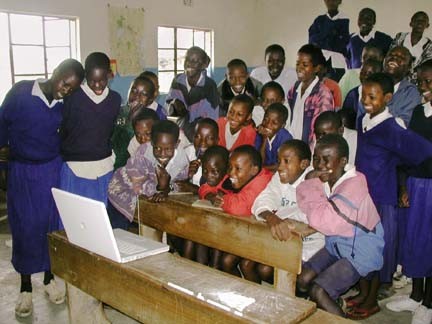Africa Overview
Post on: 3 Июль, 2015 No Comment

Africa Overview
Sub-Saharan Africa’s growth picked up moderately in 2014, to 4.5%, compared with 4.2% in 2013. Regional GDP growth is projected to remain broadly unchanged at 4.6% in 2015. Despite headwinds, growth is projected to pick up to 5.1% by 2017, lifted by infrastructure investment, increased agriculture production, and buoyant services.
Public investment in infrastructure, increased agricultural production, and buoyant services sector are expected to continue to support growth in the region. The growth pick-up is expected to occur in a context of reduced support from commodity prices and net FDI flows as global demand remains subdued. Overall, Sub-Saharan Africa is forecast to remain one of the fastest growing regions.
Private consumption in the region is expected to remain strong in 2015-17. Reduced imported inflation, aided by a benign global inflationary environment and stable exchange rates, and adequate local harvests are expected to help contain inflation in most countries, which should allow for some gains in real disposable incomes. However, currency-induced price pressures, which could weigh on consumer sentiment and slow private consumption growth, remain a concern for countries with a heavy reliance on portfolio flows, including Ghana and South Africa.
Government consumption is projected to grow at a moderate pace as governments across the region strive to restrain current expenditures, allowing for some fiscal consolidation to take place. The expansionary fiscal policy stance that has led to budgetary imbalances has been found to be linked more systematically to current expenditures than capital spending, with insignificant correlation to capital expenditures. Ongoing efforts to contain wages and salaries and streamline less productive expenditures on goods and services are therefore important consolidation steps. In this context, steps by Ghana and Zambia to control spending will be key to correcting the large fiscal and external imbalances.
Net exports are again projected to make a marginal contribution to GDP growth in the region over the forecast horizon. The contributions of net exports will be constrained by lower commodity prices, which could be exacerbated by low output in countries such as Angola where production is stagnating. In metal-exporting countries, increased output would mitigate the weakness of metal prices. On the import side, the demand for capital goods is projected to remain strong, as governments continue to frontload infrastructure investments and private consumptions remains strong. Reflecting these trends and the weakening of commodity prices, the current account deficit in the region is projected to widen from an estimated 2.4 percent of GDP in 2013 to an average of 3.1 percent of GDP in 2014 and 2015.
At the country level, growth is expected to remain robust in Nigeria, supported by the continued expansion of non-oil sectors, particularly the services sector which now accounts for more than 50 percent of GDP. South Africa is expected to experience steady but slow economic growth as improving labor relations allow for a resumption of investment in the gold and platinum mining sectors; gradually improving net exports help mitigate the drag from policy tightening; and infrastructure bottlenecks, especially in the energy sector, are progressively alleviated. Among other middle-income countries, high interest rate and rising inflation due to currency depreciation are expected to slow economic activity, including notably in Ghana.
In low-income countries, political stability and continued investment in infrastructure should keep growth rates high. The Ebola outbreak is expected to severely disrupt activity in key economic sectors in Guinea, Liberia, and Sierra Leone and slow growth in these countries in 2014. Economic spillovers are, however, expected to be modest and contained to Ghana and Nigeria, the main transportation hubs in the West Africa sub-region.
Last Updated: Oct 10, 2014














